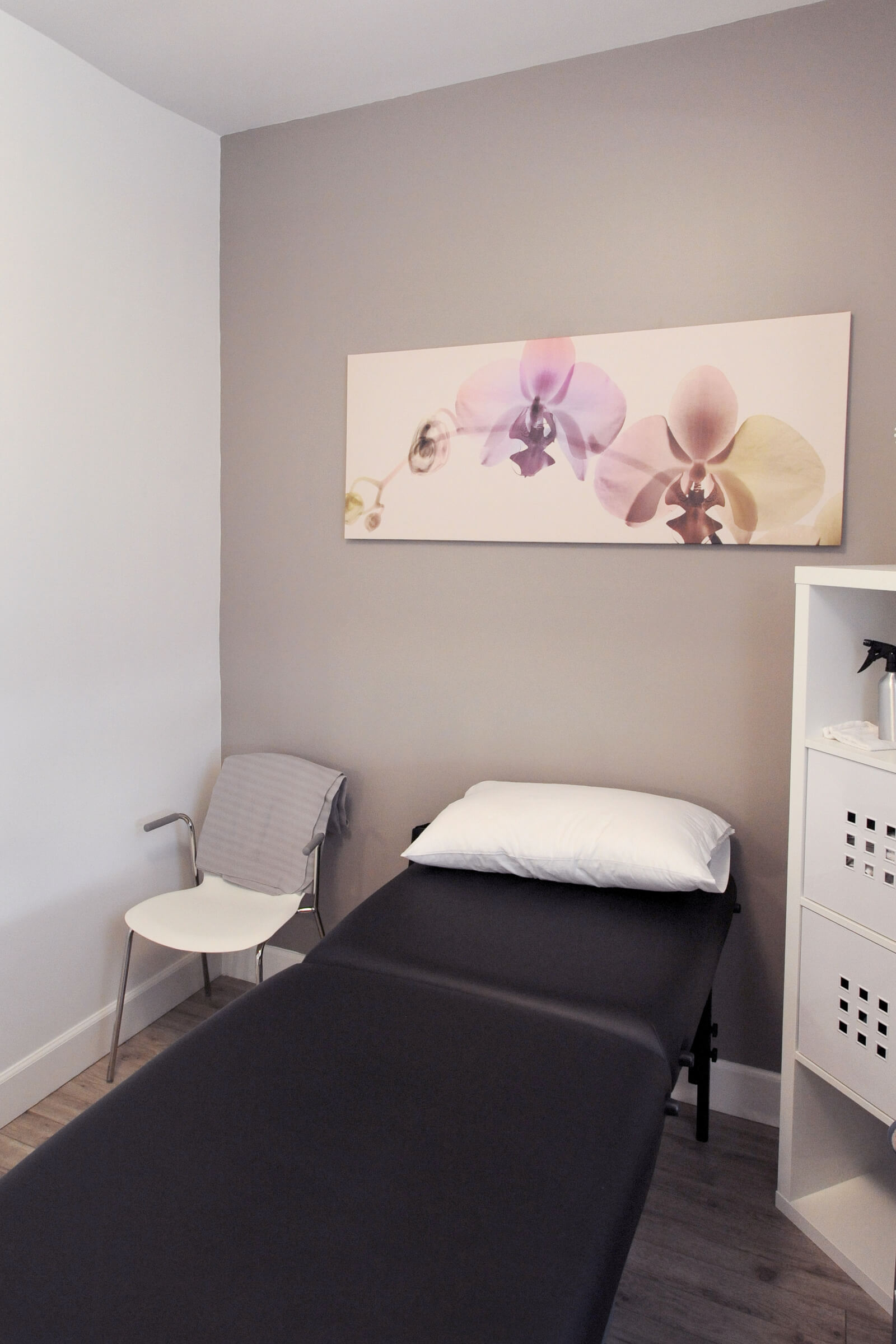A risk factor is something that increases your chances of having back pain. Having more risk factors means you have a higher chance of having back pain.
Risk factors of back pain that you can’t change
- Being middle-aged or older.
- Being male.
- Having a family history of back pain.
- Having had a back injury before.
- Being pregnant. A woman’s back is significantly stressed by carrying a baby.
- Having had compression fractures of the spine.
- Having had back surgery before.
- Having spine problems since birth.
Risk factors you can change with lifestyle changes

- Not getting regular exercise.
- Doing a job or other activity that requires long periods of sitting, heavy lifting, bending or twisting, repetitive motions, or constant vibration, such as using a jackhammer or driving certain types of heavy equipment.
- Smoking. People who smoke are more likely than people who don’t smoke to have low back pain.
- Being overweight. Excess body weight, especially around the waist, may put strain on your back, although this has not been proven. But being overweight often also means being in poor physical condition, with weaker muscles and less flexibility. These can lead to low back pain.
- Having poor posture. Slumping or slouching on its own may not cause low back pain. But after the back has been strained or injured, bad posture can make pain worse.
- Being under stress. Stress and other emotional factors are believed to play a major role in low back pain, particularly chronic low back pain. Many people unconsciously tighten their back muscles when they are under stress.
Risk factors you might change with medical treatment
- Having long periods of depression.
- Using medicines long-term that weaken bones, such as corticosteroids.
- Having an illness or disease that causes chronic coughing.
Source: WebMD Medical Reference from Healthwise
Tags: Exhale PT, back pain, list of dos and donts, low back pain










